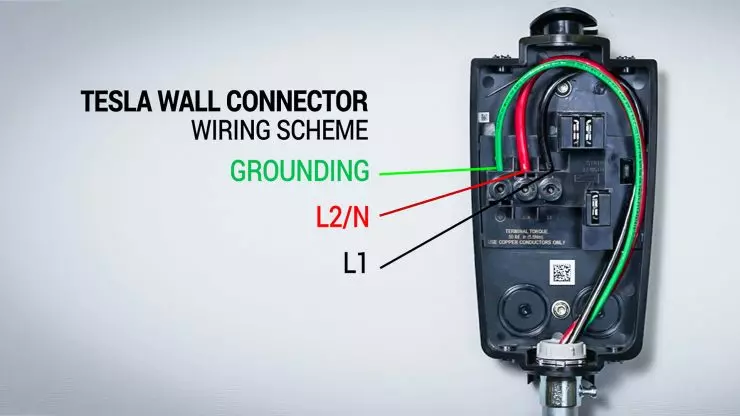brycenesbitt
Senior Member
- Location
- United States
Where's the "outlet" in each of these situations?

In the case of the bath GFCI the outlet and receptacle are the same thing.
In the case of the HVAC the "outlet" seems likely to be the shutoff switch, right?
---
But for the EVSE without a shutoff switch or receptacle, would the "outlet" be the EVSE or the supply breaker? Why?
---
I am aware there's a lot of confusion on these points, and differing interpretations:

2020 NEC 210.8(F) Outdoor Outlets. All outdoor outlets for dwellings, other than those covered in 210.8 (A)(3), Exception to (3), that are supplied by single-phase branch circuits rated 150 volts to ground or less, 50 amperes or less, shall have ground-fault circuit-interrupter protection for personnel.
An "outlet" is the point where the house service connects to the equipment (could be a wire nut).
A "receptacle" is a socket where a plug can be placed.
In the case of the bath GFCI the outlet and receptacle are the same thing.
In the case of the HVAC the "outlet" seems likely to be the shutoff switch, right?
---
But for the EVSE without a shutoff switch or receptacle, would the "outlet" be the EVSE or the supply breaker? Why?
---
I am aware there's a lot of confusion on these points, and differing interpretations:
210.8(F) GFCI Protection
Nothing written by a manufacture ever eliminates a code requirement. The manufacturer can require additional protections that require more that what the NEC requires, but they cannot eliminate a protection required by the NEC. When a manufacture says do not connect to GFCI protection, all...
forums.mikeholt.com




